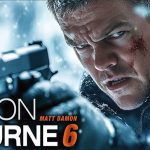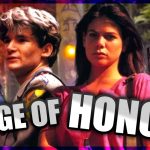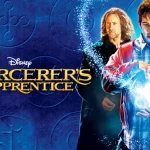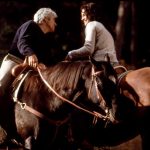Hondo (1953)
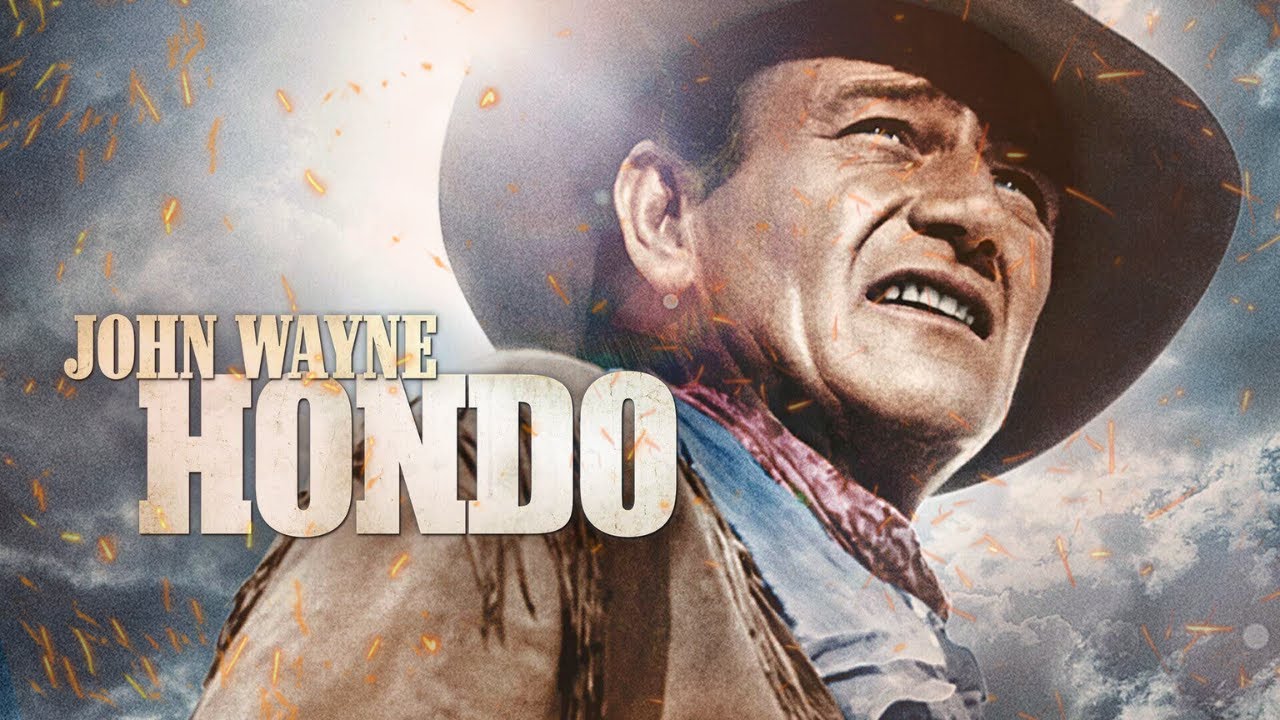
Hondo (1953) is a captivating three-dimensional Western film directed by John Farrow and starring the legendary John Wayne and Geraldine Page. Based on Louis L’Amour’s 1952 short story “The Gift of Cochise,” the film is set in the rugged frontier and offers a thrilling, action-packed story that showcases the strength and resilience of its characters. With stunning cinematography and a memorable performance by John Wayne, Hondo remains one of the classic films of the Western genre, blending adventure with heartfelt moments of personal growth and sacrifice.
The story centers around Hondo Lane (John Wayne), a rugged cavalryman and frontiersman who finds himself caught between warring factions of Apache Native Americans and the U.S. military. As Hondo seeks to maintain peace, he meets Angie Lowe (Geraldine Page), a woman living alone on a remote homestead with her young son. As their paths intertwine, Hondo must confront his own past while attempting to protect Angie and her son from the dangers of the frontier, including the looming threat of Apache raids. The film is filled with tension, action, and moments of reflection, as Hondo navigates his moral and personal dilemmas.
One of the most significant themes of Hondo is the concept of honor and duty. Hondo Lane, played by John Wayne, embodies the traditional values of the American frontier—loyalty, bravery, and a strong sense of responsibility. His relationship with Angie is central to the narrative, as he becomes not only a protector but also a figure of redemption for her. The dynamics of Hondo’s character reveal the complexities of the Wild West, where survival requires both physical strength and emotional fortitude. His evolving relationship with Angie offers a more intimate, human side to the otherwise rugged, action-filled storyline.
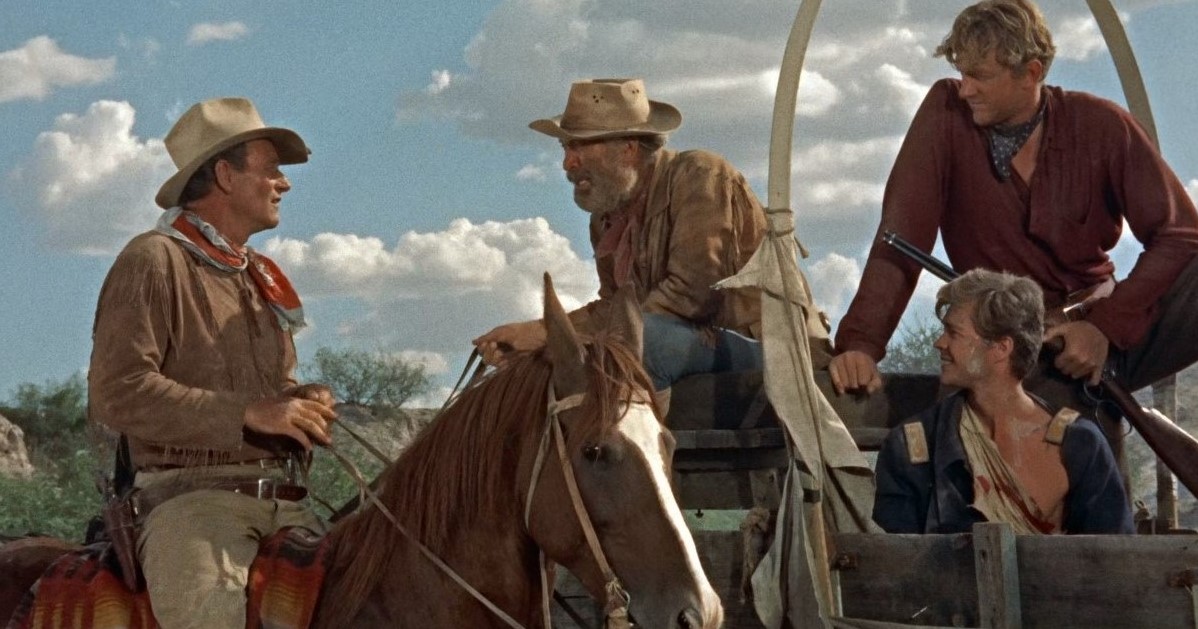
The film’s portrayal of the Apache people adds another layer to the narrative, offering a nuanced view of Native American culture and their struggle for survival. While Hondo presents the typical Western perspective of the conflict between Native Americans and settlers, it also explores the motivations behind the Apache’s actions, humanizing them in a way that many films of the time did not. This portrayal adds depth to the story, allowing viewers to see both sides of the conflict rather than simply portraying one as the villain.
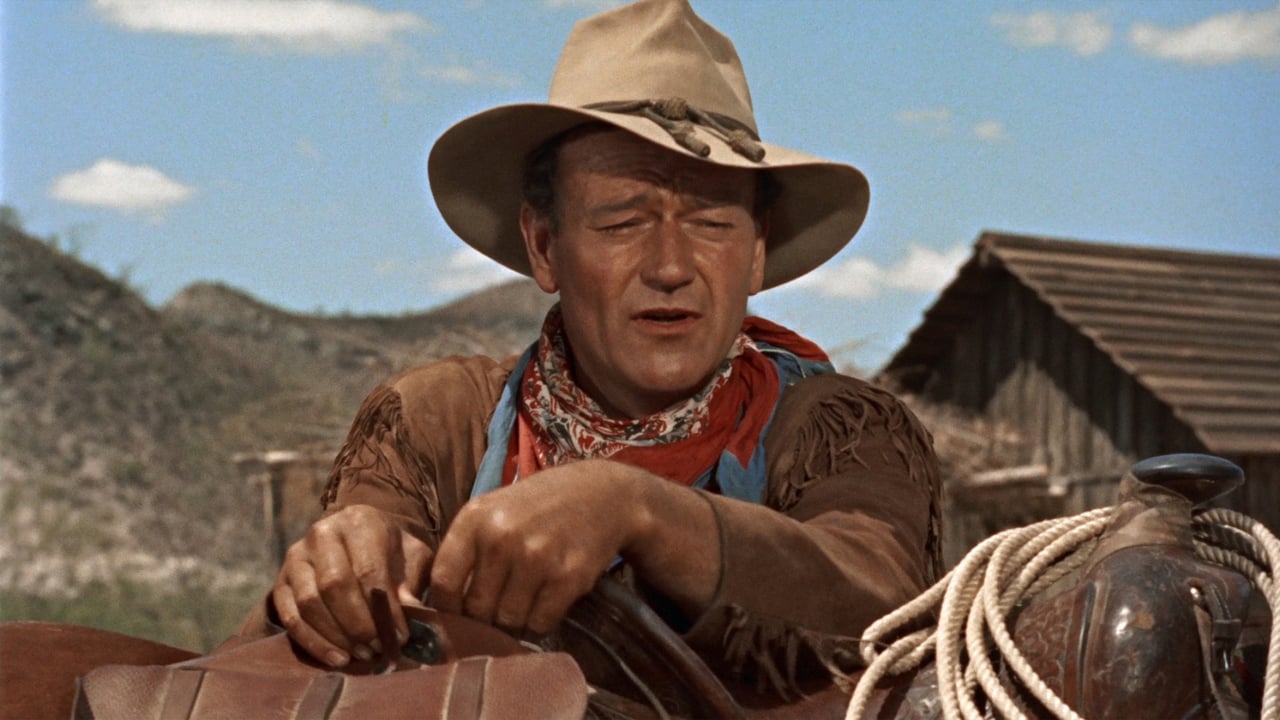
Visually, Hondo stands out for its striking use of Warnercolor, bringing the breathtaking landscapes of the American West to life in vivid three-dimensional images. The film’s cinematography captures the vast, harsh beauty of the desert, with sweeping shots that highlight the isolation and danger of the frontier. The 3D effects add to the immersive experience, drawing the audience into the heart of the action and giving them a sense of being on the edge of the wilderness alongside the characters.
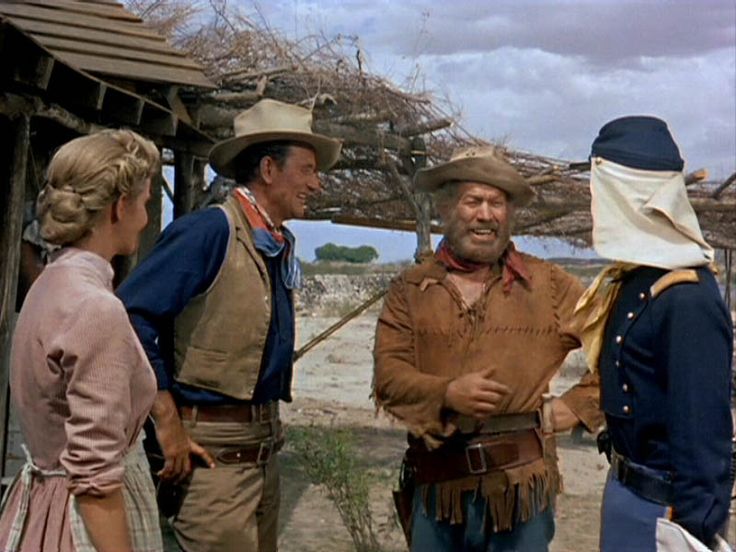
In conclusion, Hondo (1953) is a memorable Western that combines thrilling action, emotional depth, and stunning visuals. John Wayne’s iconic performance as Hondo Lane and Geraldine Page’s portrayal of Angie Lowe provide a strong foundation for a story that explores themes of honor, duty, and redemption. The film’s complex view of both settlers and Native Americans, along with its breathtaking cinematography, makes Hondo a timeless classic in the Western genre. It remains a must-watch for fans of the genre and anyone interested in a story that blends adventure with profound human emotion.
